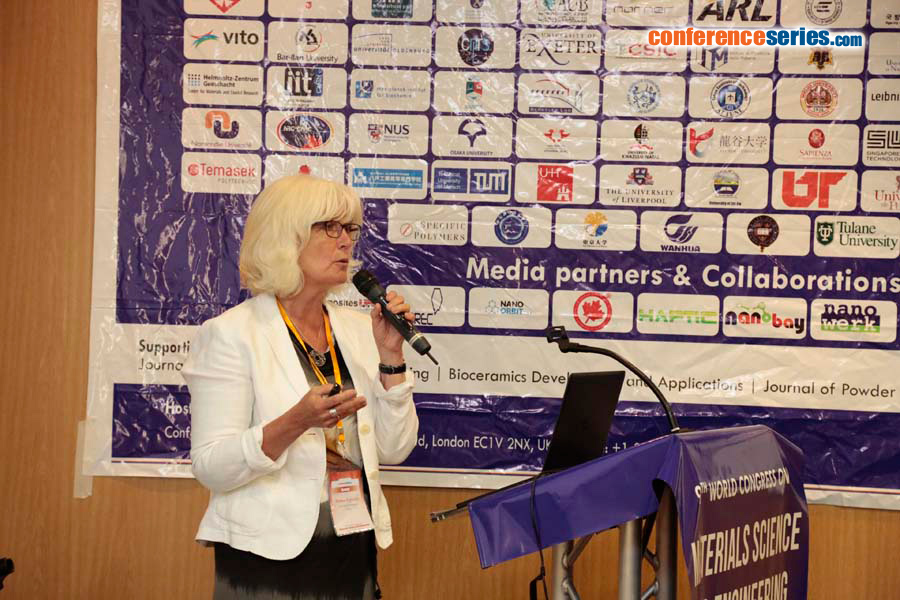
Helena Zapolsky
University of Normandy, France
Title: Quasi particle approach to study the kinetics of self-assembly in complex material
Biography
Biography: Helena Zapolsky
Abstract
Statement of the Problem: A self-organisation is a universal phenomenon in nature and, in particular, is highly important in materials systems. Our goal was to develop a new theory that provides a computationally effective approach to this problem.
Methodology & Theoretical Orientation: The proposed theory rests on two novel conceptual premises: (a) the introduction of interacting pseudoparticles that we call fratons that described two configurational states of each point of continuum space. The fratons are considered as a non-ideal gas whose "condensation” describes a diffusional self- assembling of atomic system, and (b) a concept of a structural cluster function describing the directions, length and strength of interatomic bonds. The latter allows us to formulate a new and simple model Hamiltonian. This model Hamiltonian provides the formation of a predetermined atomic structure and has a sufficient flexibility to describe the desired mechanic and thermodynamic properties of this structure.
Findings: The modeling based on the proposed theory is at atomic resolution, and addresses the time scale commensurate with a typical diffusion time, which may range from a fraction of a second to years. To demonstrate a potentiality and versatility of our approach, we tested its application to a self-assembling of disordered systems to three groups of systems of increasing topological complexity, viz., single component crystals (fcc, hcp and diamond structures), two component crystals (zinc-blend structure), self-assembly of the randomly distributed monomers into single-strand and double-stranded helixes and grain boundaries structure. The spontaneous self- organisation of fratons into the diamond structure.
Conclusion & Significance: The developed approach opens a way to answer numerous outstanding questions concerning the atomistic mechanisms of the formation of defects (dislocations, grain boundaries, etc.), nucleation in solid–solid transformations, folding and crystallisation of polymers, and their responses to external stimuli.



